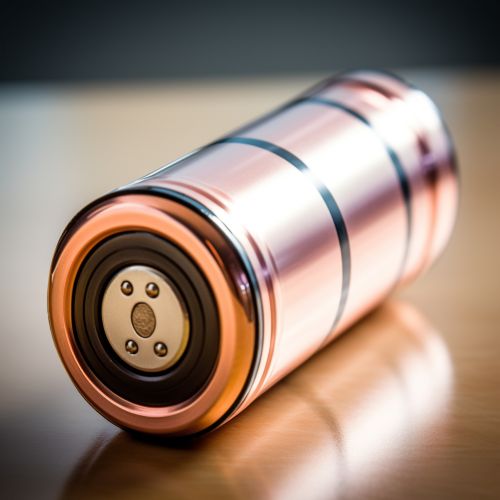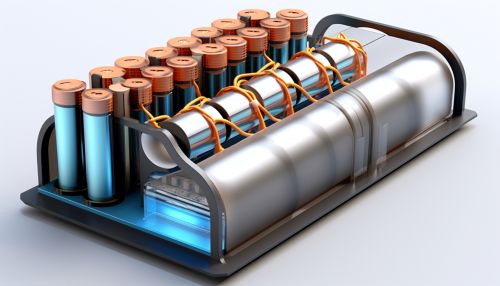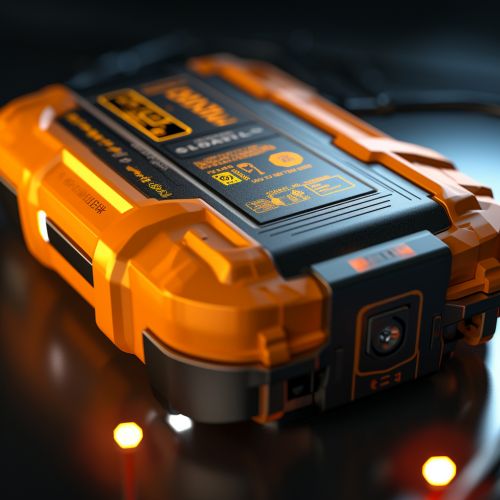Lithium-ion batteries
Introduction
Lithium-ion batteries are a type of rechargeable battery that have become a common power source for many portable electronic devices due to their high energy density, small memory effect, and low self-discharge. They are also increasingly used in electric vehicles and aerospace applications.


History
The history of lithium-ion batteries can be traced back to the early 20th century. However, it was not until the 1970s that the first non-rechargeable lithium batteries became commercially available. The development of lithium-ion batteries began in earnest in the 1980s, with the first rechargeable lithium-ion batteries being introduced to the market by Sony in 1991.
Structure and Function
A typical lithium-ion battery consists of an anode, a cathode, a separator, an electrolyte, and current collectors (positive and negative). The anode and cathode are the parts of the battery where the lithium ions move from and to during charge and discharge. The electrolyte provides a medium for the lithium ions to move between the cathode and anode. The separator is a physical barrier that prevents the anode and cathode from coming into contact, which could result in a short circuit.


Chemistry
The chemistry of lithium-ion batteries is complex and involves several different materials and reactions. The most common type of lithium-ion battery uses a lithium cobalt oxide (LiCoO2) cathode and a carbon (graphite) anode. During discharge, lithium ions move from the anode to the cathode through the electrolyte, and electrons flow through the external circuit, providing power to the device. During charging, the process is reversed, with lithium ions moving from the cathode to the anode.
Performance and Efficiency
The performance and efficiency of lithium-ion batteries depend on several factors, including the materials used in the anode and cathode, the design of the battery, and the operating conditions. Lithium-ion batteries have a high energy density, meaning they can store a large amount of energy in a small volume. They also have a low self-discharge rate and a small memory effect, which means they do not lose their charge capacity over time as much as other types of rechargeable batteries.
Safety Concerns
Despite their many advantages, lithium-ion batteries also have some safety concerns. They can overheat and catch fire or explode if they are overcharged, short-circuited, punctured, or subjected to high temperatures. This is due to the flammable electrolyte and the high energy density. To mitigate these risks, lithium-ion batteries are equipped with safety devices such as venting mechanisms and thermal fuses, and they are designed to prevent overcharging.


Environmental Impact
The environmental impact of lithium-ion batteries is a topic of ongoing research and debate. On one hand, they can help reduce greenhouse gas emissions by enabling the use of renewable energy sources and electric vehicles. On the other hand, the extraction and processing of the raw materials used in lithium-ion batteries, such as lithium, cobalt, and nickel, can have significant environmental and social impacts. In addition, the recycling of lithium-ion batteries is currently limited and can be energy-intensive.
Future Developments
Research and development in the field of lithium-ion batteries is focused on improving their performance, safety, and environmental impact. This includes the development of new materials for the anode and cathode, the design of safer and more efficient battery systems, and the development of more sustainable methods for the extraction and recycling of the raw materials used in lithium-ion batteries.
